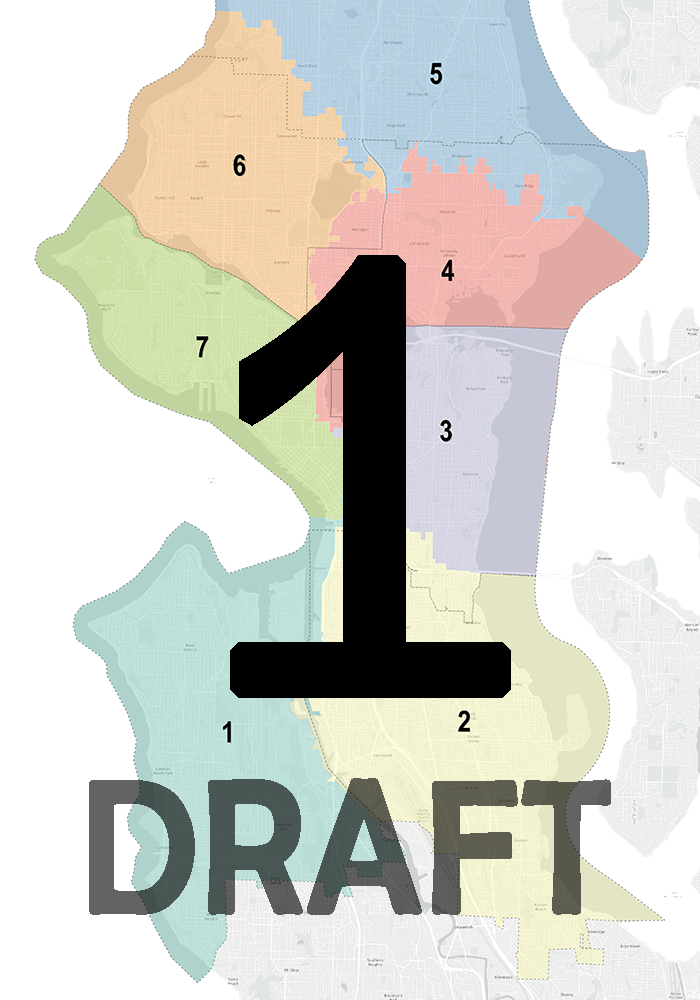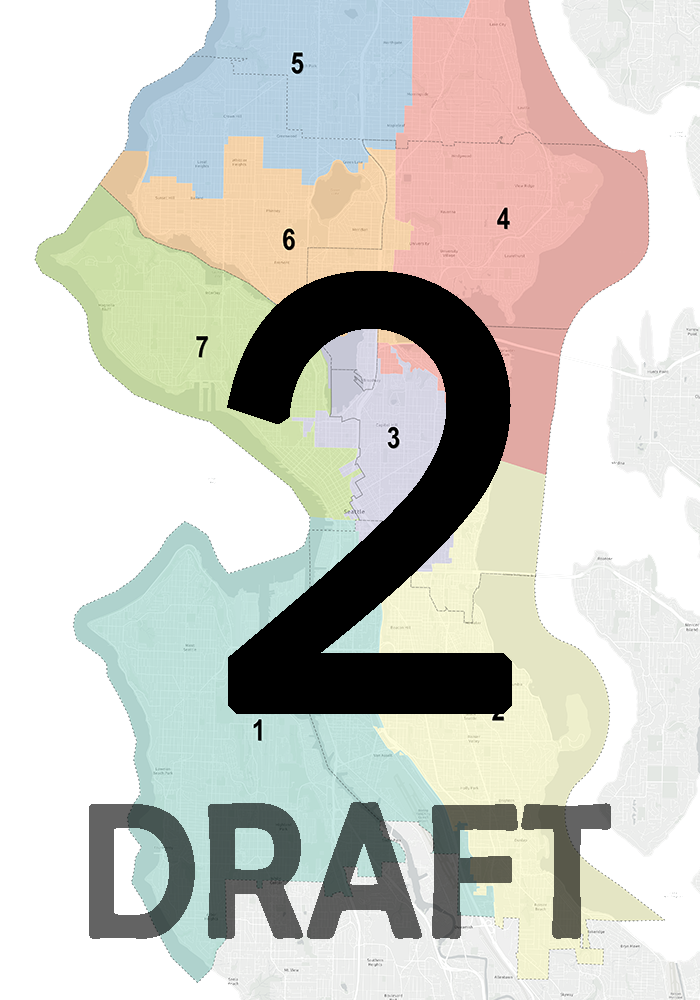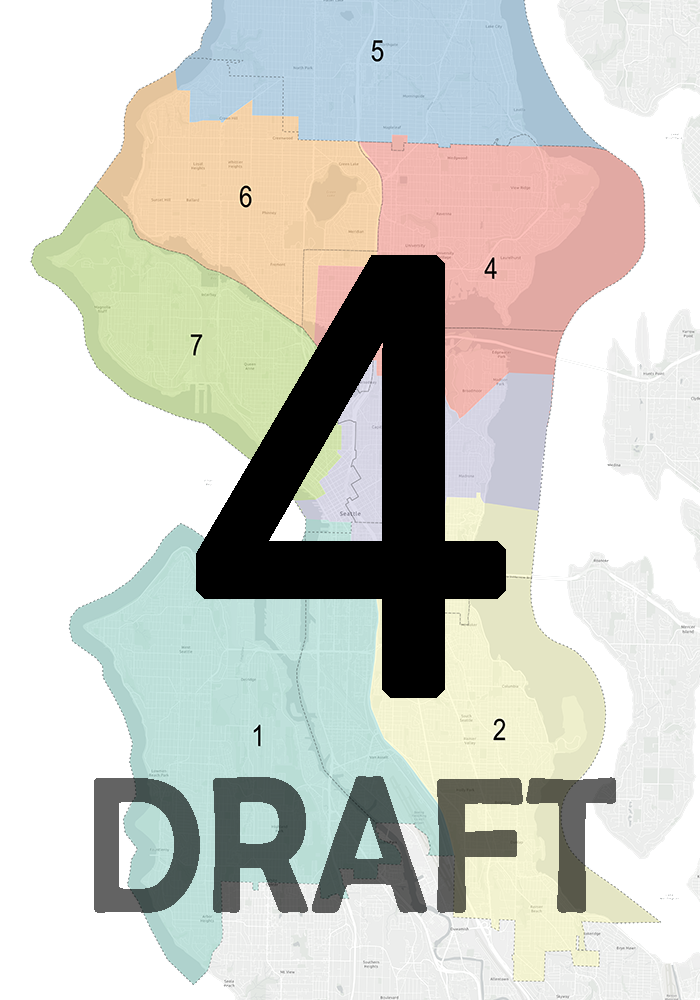Over the summer, I worked with a high school intern through a program with the Department of Services for the Blind. As we talked about transportation access barriers, Charlie Howe invited me to come and see what it was like for him to try to get from the nearest bus stop to Ryther, a youth services organization in Lake City Way.
What he showed me was infuriating: To get from the bus to activities at Ryther, Charlie had to edge his way along a narrow dirt path on the edge of Northeast 95th Street, a busy, high-speed arterial with no sidewalks. I heard from staff at Ryther it’s not just Charlie who needs to walk there — many of the youth they serve can’t drive, and not every family has access to a vehicle.
Like Charlie, I’m also low vision. As a young person, being able to feel independent was critical to me. As my peers got driver’s licenses, I too wanted to be able to go places without asking my parents for a ride. Having communities where nondrivers, and young people in particular, can get around safely is critical to our emotional and physical well-being.
But we are going in the wrong direction. Pedestrian deaths rose 27% in the Puget Sound region between 2010 and 2019. Just recently, a 12-year-old was killed in Pierce County as she walked with her friend on an arterial road without a sidewalk. Almost half our arterials in the region, like the one where Immaculee Goldade was killed, lack sidewalks.
And where our sidewalks do exist, they can be inaccessible. As The Seattle Times editorial board pointed out in December, Seattle has multiple studies and reports on our tremendous backlog of sidewalk maintenance, and has even come up with potential solutions, including cost sharing.
What is missing is the political will, both to ask property owners to step up and keep their sidewalks clear and accessible, and to dedicate more public resources to sidewalk repair and construction, including building out sidewalks throughout our city and our region where they don’t currently exist.





